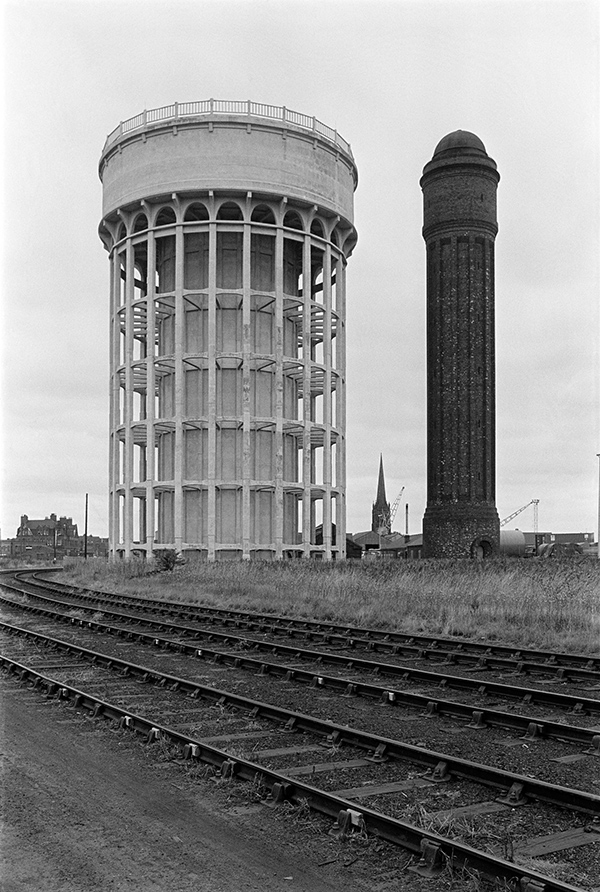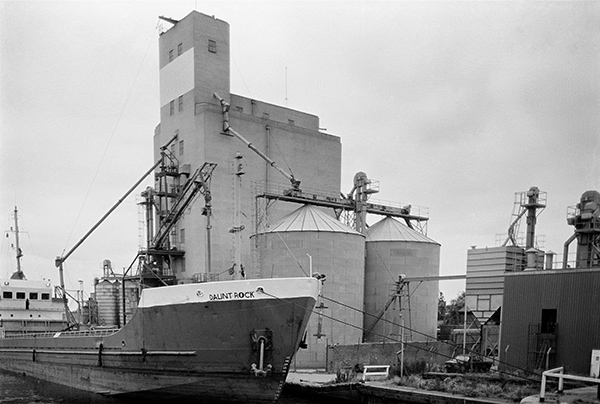
When I told my mother-in-law, a life-long Hull resident, that I was taking a day trip to photograph Goole she shook her head in disbelief, asking me whyever I would want to do that. She wasn’t a great fan of my pictures of Hull either, thinking I dwelt far too much on its less salubrious areas and on those old and dilapidated warehouses and derelict docks.
My only regret looking back is that I didn’t visit Goole more often. True its name isn’t inspiring – but then neither is Hull, perhaps why its more prosperous residents like to remind you it is really called Kingston upon Hull. For some reason the name Goole on Ouse has never been considered, though perhaps it should be Goole upon Dutch River or Don, which was diverted to meet the Ouse here in 1629 by Cornelius Vermuyden, not for the benefit of the few villagers of Goole, but to improve the hunting at Hatfield Chase for King Charlea I. But Goole got a bridge over the new river and barges could carry coal along it from the South Yorkshire coalfield at it could then be transferred to sea-going vessels.
In the 1820s the Aire and Calder Navigation opened a connection to the Dutch River and began the construction of docks and a new town at Goole. The canal opened in 1826 and in 1827 Goole became an official port with custom facilities, its docks able to handle vessels up to 400 tons. It’s main export remained coal until Thatcher closed the mines, with a system of compartment boats – the ‘Tom Puddings’ and special hoists giving a very efficient means to transfer the coal into seagoing ships. Timber was the main import, in part for use as pit props.
Railways first came to Goole in 1848 with a line to Pontefract and Wakefield, but it after the North Eastern Railway line from Doncaster to Hull was built in 1870 that the railway really became important. It was this route from Doncaster that I travelled on many times from and to the south between 1970 and now through Goole; sometimes the train stopped there, but more often travelled through at a leisurely pace, giving time to appreciate its landmark ‘salt an pepper’ water towers before swinging east to cross the River Ouse. But I never got off there until my first day trip in 1983.

The Victorian ‘New Goole’ seemed to have survived reasonably well, and gave a remarkable access to the docks (in those days they were a little less fettered by health and safety), and I spent a full day wandering around and taking pictures, particularly in black and white, but with some in colour too. I’ve returned more recently and it is still an interesting place to visit, though a little less so.

More colour pictures of Goole on Page 3 of Hull Colour 1972-85.
More black and white pictures on Hull Photos.


